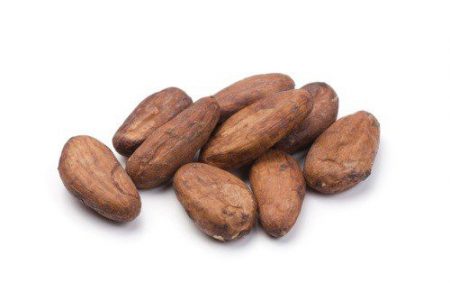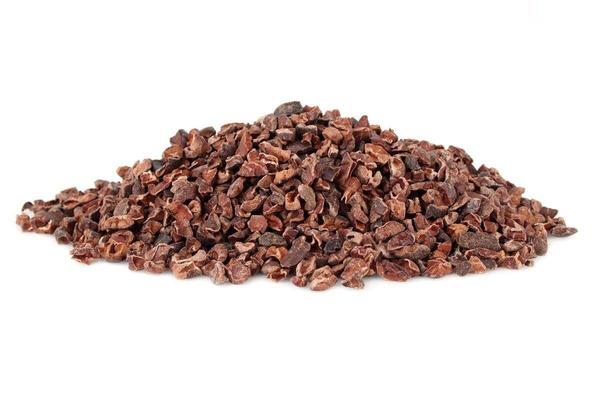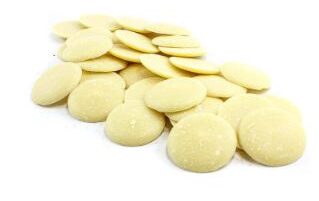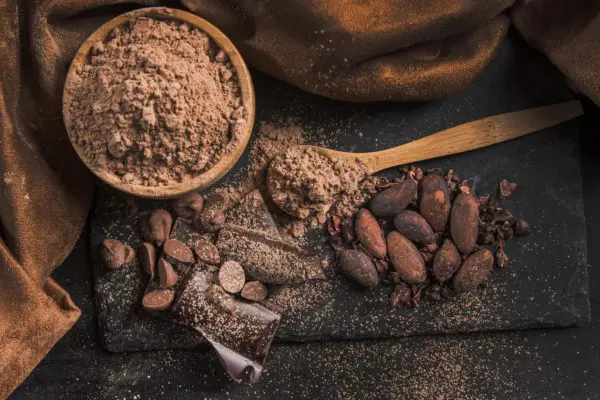Why We Travel: Strengthening Relationships in Times of Change
Our trip to Peru and Dominican Republic was prompted by the need to reaffirm and strengthen our relationships with producers during a time of market fluctuations. While organic cacao remains available, purchasing now requires a significantly higher price – and careful relationship management. We’ve seen a necessary shift across the value chain: our customers have had to adjust retail pricing, either by raising prices or reducing package sizes. This is a direct result of upstream cost increases.
From a sourcing perspective, this environment requires closer collaboration with our partners. That’s why visiting our partners on-site, both in the Dominican Republic and in Peru, was essential. We’re reaffirming trust, ensuring transparency, and recognising the extra effort our partners are now required to make.
Our producers are also facing challenges. They must pre-finance purchases from farmers, often paying three times what they paid just a year ago, and do so in cash, immediately upon procurement. Meanwhile, we only pay them after processing is complete and goods are delivered. This introduces significant working capital pressure on both sides, and it underscores the importance of strong, stable partnerships.



Our Product Range and Sourcing Model
We offer a comprehensive range of cacao derivatives:
- Cleaned, washed, and roasted beans
- Cacao nibs (crushed beans)
- Cacao paste (liquor)
- Cacao butter
- Cacao powder





Each of these products presents different challenges in terms of processing, pricing, and compliance. For example, farmers in South America are currently seeing financial rewards due to higher farm-gate prices, unlike their counterparts in West Africa, where prices are government-regulated and market surpluses often benefit only a few.
While we’ve long worked with Peruvian producers—recognized for producing some of the world’s most flavorsome and premium-quality cacao—we also recently expanded our sourcing to include the Dominican Republic. In both regions, producers are struggling with the need to pre-finance much larger amounts to maintain the same output, placing pressure on their financial systems and requiring new operational efficiencies.
The Peruvian Partnership: A Longstanding Premium Source
Our Peruvian partners are well-established. These producers source beans—mainly Criollo, Trinitario, and Forastero—from healthy, well-maintained plantations. While supply remains robust, the cost to maintain consistent output has increased substantially due to global market conditions.
Peruvian cacao continues to be among the most premium and desirable globally. However, due to naturally high cadmium levels in volcanic soil, the powder derived from these beans often does not meet the EU’s stringent cadmium limits for monoproducts (maximum 0.6 mg/kg since 2019). Fortunately, this is not a concern for all customers, particularly those incorporating cacao into composite products such as snack bars or confections, where thresholds are not applied in the same way.
A New Strategic Source: Dominican Republic
We’ve also established a new partnership in the Dominican Republic—an origin that has undergone an impressive transformation in recent decades. In the late 1980s, a German development agency (GTZ) initiated a project to enhance cacao farming practices in the country. Through technical training and quality control improvements, Dominican farmers were able to elevate their cacao from sub-market pricing to premium status.
Today, the country exports a wide range of cacao products, including beans, nibs, paste, butter, and powder. One of our newest partners there has developed one of the most advanced and well-certified processing facilities in the region (BRC, GFSI, and more). Notably, their cacao powder is low in cadmium—a major advantage over many South American suppliers, given EU compliance requirements.
What sets this partner apart is their long-standing, exclusive relationship with roughly 8,000 farmers—some of whom have worked with them for over 30 years. The traceability and consistency in this supply chain are exceptional. Every shipment we receive is fully traceable back to individual farms. This is in contrast to many other facilities, which often source cacao from multiple, shifting farmer groups without consistent oversight.
Market Implications and Regulatory Considerations
Cacao powder is subject to strict cadmium limits in the EU, but this only applies to monoproducts (e.g., pure cacao powder sold as-is). For clients who use cacao in compound products (e.g., energy bars or spreads), higher cadmium levels may not pose a regulatory issue. As a result, we continue to import small volumes of high-cadmium powder from Peru – clearly labeled and disclosed – while the bulk of our monoproduct powder is now sourced from our low-cadmium Dominican partner.
We also support our clients by advising them on how to navigate these regulations and ensure their final product remains compliant. Traceability, testing, and specification documentation are all provided upon request.



Quality, Traceability, and Resilience
Despite current challenges, we are optimistic. Our sourcing model—based on transparency, traceability, and long-term partnerships—is resilient. Our producers, particularly those in the Dominican Republic and Peru, are adapting impressively to global price pressures while maintaining exceptional quality standards.
As the market continues to evolve, we remain committed to supporting our partners, educating our clients, and providing premium, sustainable cacao that meets the highest standards—both in flavor and compliance.
Contact us to find out more about our premium organic cacao products!
© Copyright Abbott Blackstone International GMBH